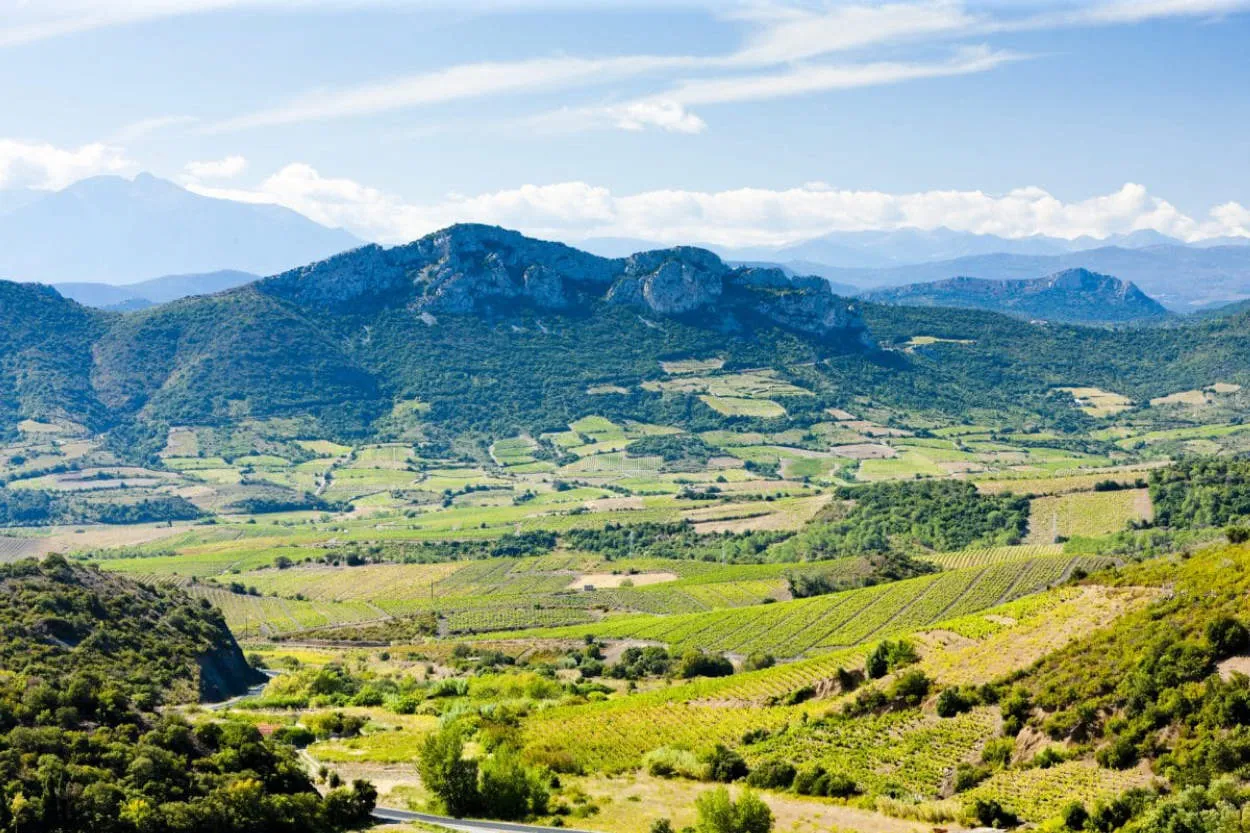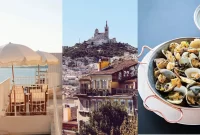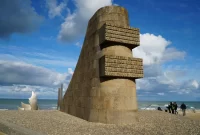Languedoc-Roussillon, located in southern France, is a hidden gem brimming with extraordinary landscapes, world-class vineyards, sun-kissed beaches, and captivating Roman ruins. Explore the region’s rich history, indulge in exquisite wines, relax on the golden sands, and unravel the secrets of ancient civilizations that etched their mark on this breathtaking corner of France.
Wine Tasting in Languedoc-Roussillon
Languedoc-Roussillon is a region in southern France that offers a perfect blend of vineyards, beaches, and Roman ruins. One of the highlights of this enchanting region is its renowned wine industry. Wine lovers can indulge in a delightful wine tasting experience in Languedoc-Roussillon.
The region is known for its diverse and vibrant winemaking tradition. With an extensive variety of grape varieties cultivated here, Languedoc-Roussillon produces an impressive range of red, white, and rosé wines. From bold and full-bodied reds to crisp and refreshing whites, there is a wine to suit every palate.
When exploring Languedoc-Roussillon’s vineyards, visitors are treated to picturesque landscapes that are dotted with rolling hills covered in vineyards. They have the opportunity to visit local wineries, learn about the winemaking process, and sample the exceptional wines produced in the region.
The region’s wine route, known as “La Route des Vins,” offers a well-planned itinerary for wine enthusiasts. This scenic route takes visitors through charming villages and stunning vineyards, allowing them to discover the unique terroir of Languedoc-Roussillon while enjoying wine tasting experiences along the way.
Wine tasting in Languedoc-Roussillon not only offers the chance to savor world-class wines but also provides insights into the rich history and culture of the region. Many wineries are located near ancient Roman ruins, creating a fascinating blend of past and present.
So, whether you are a seasoned wine connoisseur or simply enjoy a good glass of wine, Languedoc-Roussillon is the perfect destination for wine tasting. Discover the flavors, aromas, and stories behind the wines of this captivating region.
Relaxing on the Beautiful Beaches of the Region
Languedoc-Roussillon, located in the southern part of France, offers more than just its famous vineyards and Roman ruins. This region is also known for its breathtakingly beautiful beaches that attract locals and tourists alike.
With its long coastline overlooking the Mediterranean Sea, Languedoc-Roussillon boasts an array of pristine sandy beaches. Whether you are looking for a lively beach with vibrant beach clubs and water sports or a secluded spot to unwind, this region has it all.
One of the most popular beach destinations in Languedoc-Roussillon is La Grande-Motte. Its wide sandy beaches and palm-lined promenade create a perfect backdrop for a relaxing day under the sun. If you prefer a more tranquil atmosphere, head to the small fishing village of Collioure, known for its picturesque coves and crystal-clear waters.
Languedoc-Roussillon’s beaches are not just about sunbathing and swimming. They also offer various activities for the adventure seekers. Try your hand at surfing in Le Grau-du-Roi or kitesurfing in Gruissan. For those who enjoy exploring underwater, there are ample diving spots along the coast.
Apart from their natural beauty, Languedoc-Roussillon’s beaches are often praised for their cleanliness and excellent facilities. Many beaches have received the Blue Flag certification, ensuring high-quality services and environmental standards.
So, whether you are looking to unwind on a sun-drenched beach or embark on exciting water activities, Languedoc-Roussillon’s beaches offer an idyllic escape for all beach lovers.
Exploring the Ancient Roman Ruins in Languedoc-Roussillon
Languedoc-Roussillon, a picturesque region located in the south of France, is not only known for its stunning vineyards and beautiful beaches, but also for its rich history of ancient Roman civilizations. The region is home to numerous well-preserved Roman ruins, offering visitors a unique opportunity to delve into the past and witness the grandeur of the Roman Empire.
One of the most remarkable Roman sites in Languedoc-Roussillon is the Pont du Gard. This magnificent aqueduct, listed as a UNESCO World Heritage Site, was built in the 1st century AD and served as a vital water supply system for the nearby city of Nîmes. With its impressive architecture and scenic surroundings, the Pont du Gard is a must-visit attraction for history enthusiasts.
Another notable Roman ruin in the region is the ancient city of Nîmes itself. The city boasts several remarkable Roman structures, including the iconic Arena of Nîmes, which is still used for events such as bullfighting and concerts. The Maison Carrée, an incredibly well-preserved Roman temple, is another highlight not to be missed.
In addition to Nîmes, Languedoc-Roussillon is also home to the captivating city of Arles. This UNESCO-listed city has a rich Roman heritage, with notable attractions such as the Roman Theater and the Alyscamps, an ancient Roman necropolis. Walking through the streets of Arles feels like stepping back in time, as the city beautifully showcases its Roman roots.
Aside from these well-known sites, there are also hidden gems waiting to be discovered. The archaeological site of Ambrussum, for example, provides visitors with a unique glimpse into the daily life of a Roman staging post. The oppidum of Enserune, a hilltop settlement with panoramic views, is another lesser-known but fascinating Roman site worth exploring.
Exploring the ancient Roman ruins in Languedoc-Roussillon offers a fascinating journey through time. Whether you’re a history enthusiast, a culture lover, or simply someone who appreciates the beauty of ancient architecture, this region has something to offer. So, pack your bags and embark on a journey to discover the remnants of the Roman Empire in Languedoc-Roussillon!
Conclusion
Linking vibrant vineyards, stunning beaches, and ancient Roman ruins, Languedoc-Roussillon offers a truly captivating blend of history, culture, and natural beauty. This region of France serves as a haven for wine enthusiasts, sunseekers, and history buffs, providing a unique and unforgettable experience for every traveler.




